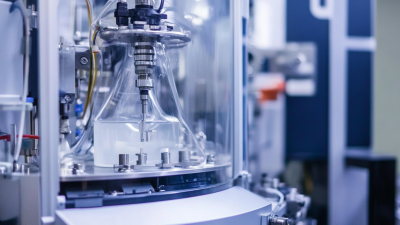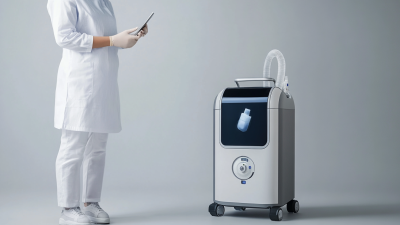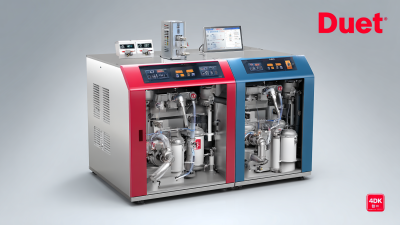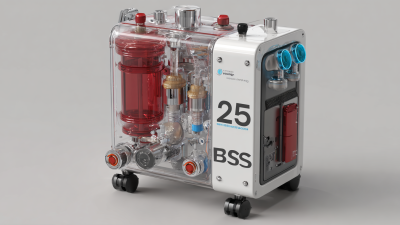In the dynamic landscape of healthcare, the choice of medical instruments plays a crucial role in ensuring patient safety and procedural efficiency. Among these instruments, the Yankauer Suction Device stands out as an essential tool utilized in various clinical settings, from emergency departments to surgical suites. According to a report published by the Medical Devices Market Research, the global demand for suction devices, including Yankauer models, is projected to grow significantly, reaching an estimated market value of $1.5 billion by 2025. This surge highlights the increasing reliance on effective suction solutions in medical procedures. As healthcare providers face diverse clinical scenarios, understanding how to choose the right Yankauer Suction Device tailored to specific medical needs can improve patient outcomes and enhance operational workflows, making this decision a critical one for every healthcare professional.
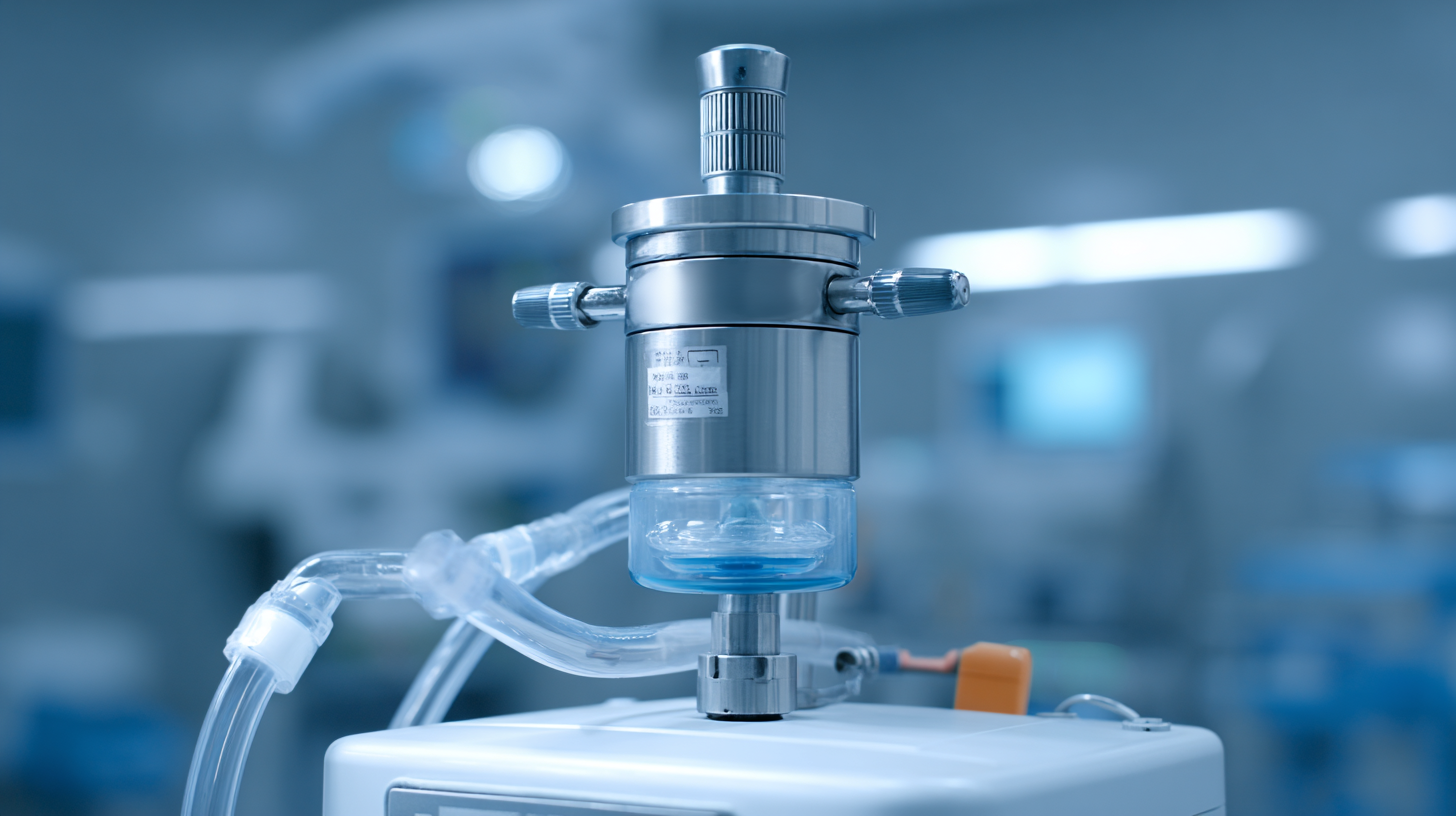
When selecting a Yankauer suction device, it's essential to understand the different types available and their specific applications in medical practice. The Yankauer suction device, a tool designed for efficient suction of fluids, comes in various designs tailored to different surgical and clinical needs. For example, rigid suction devices are typically used during surgeries for precise fluid removal, while flexible options are ideal for accessing narrower or irregular cavities. According to a 2021 industry report by Smith & Nephew, the demand for specialized Yankauer devices has increased by 15% over the last five years, reflecting the growing awareness of the necessity for appropriate surgical tools.
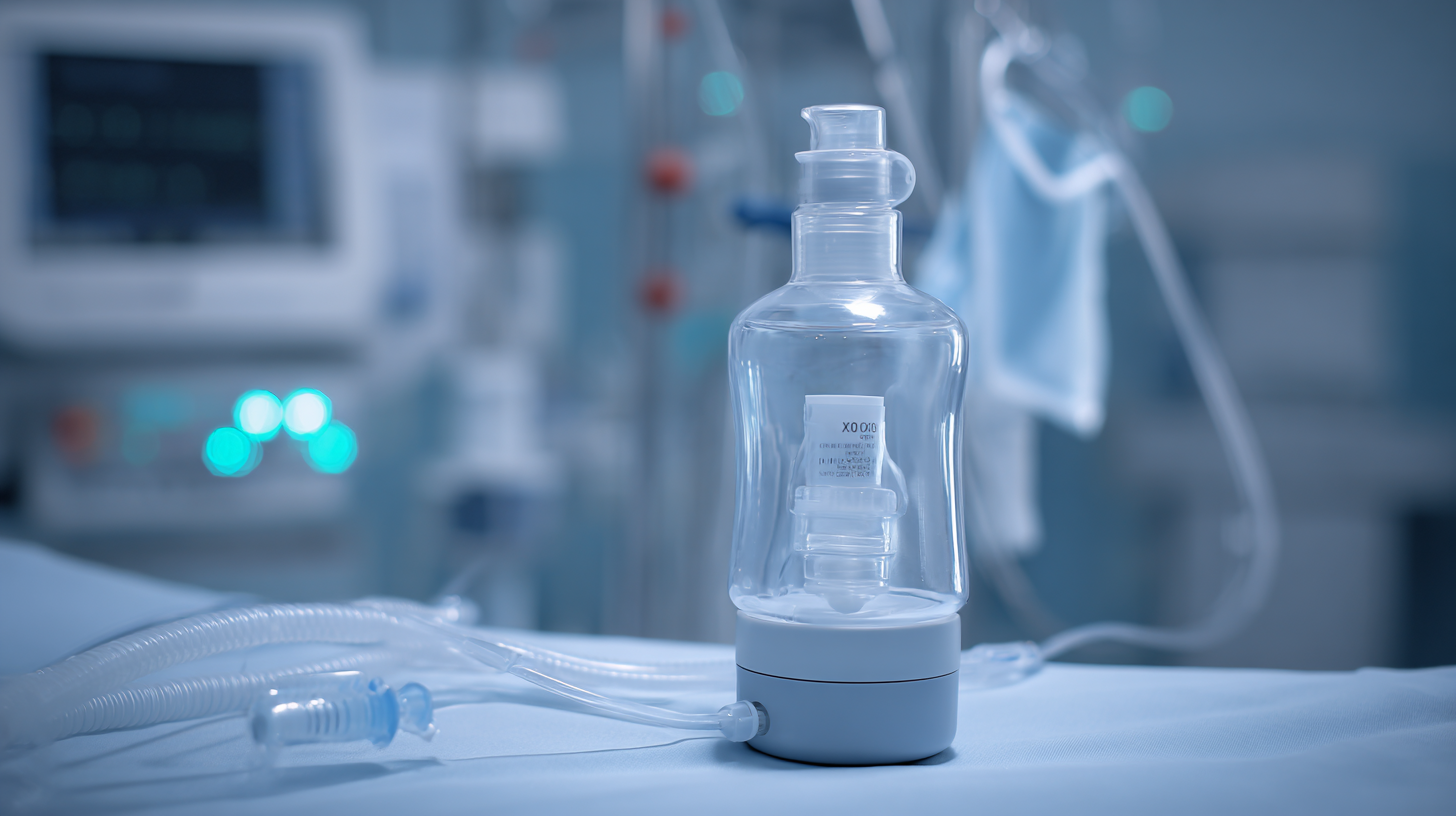
When choosing a Yankauer suction device, consider the following tips:
First, assess the procedure type—some surgeries may require a larger diameter for efficient fluid drainage, while others may benefit from a smaller, more maneuverable option.
Second, review the material composition; some devices are made from materials that are more resistant to chemicals and sterilization processes, ensuring longevity and safety.
Lastly, be aware of user comfort and grip, as a well-designed handle can significantly affect the ease of use during critical procedures. Understanding these elements will lead to more informed decisions that enhance patient outcomes and medical efficiency.
When selecting a Yankauer suction device for surgical use, several key features must be carefully evaluated to ensure optimal performance. The design of the suction tip is crucial; a tapered and flexible tip can enhance maneuverability, allowing for effective suction in complex surgical environments. According to a report by the American Society of Anesthesiologists, the volume of suction needed during procedures can vary significantly, with studies indicating that high-flow suction might be required in up to 30% of surgical cases. Therefore, a device that provides adjustable suction power can be invaluable.
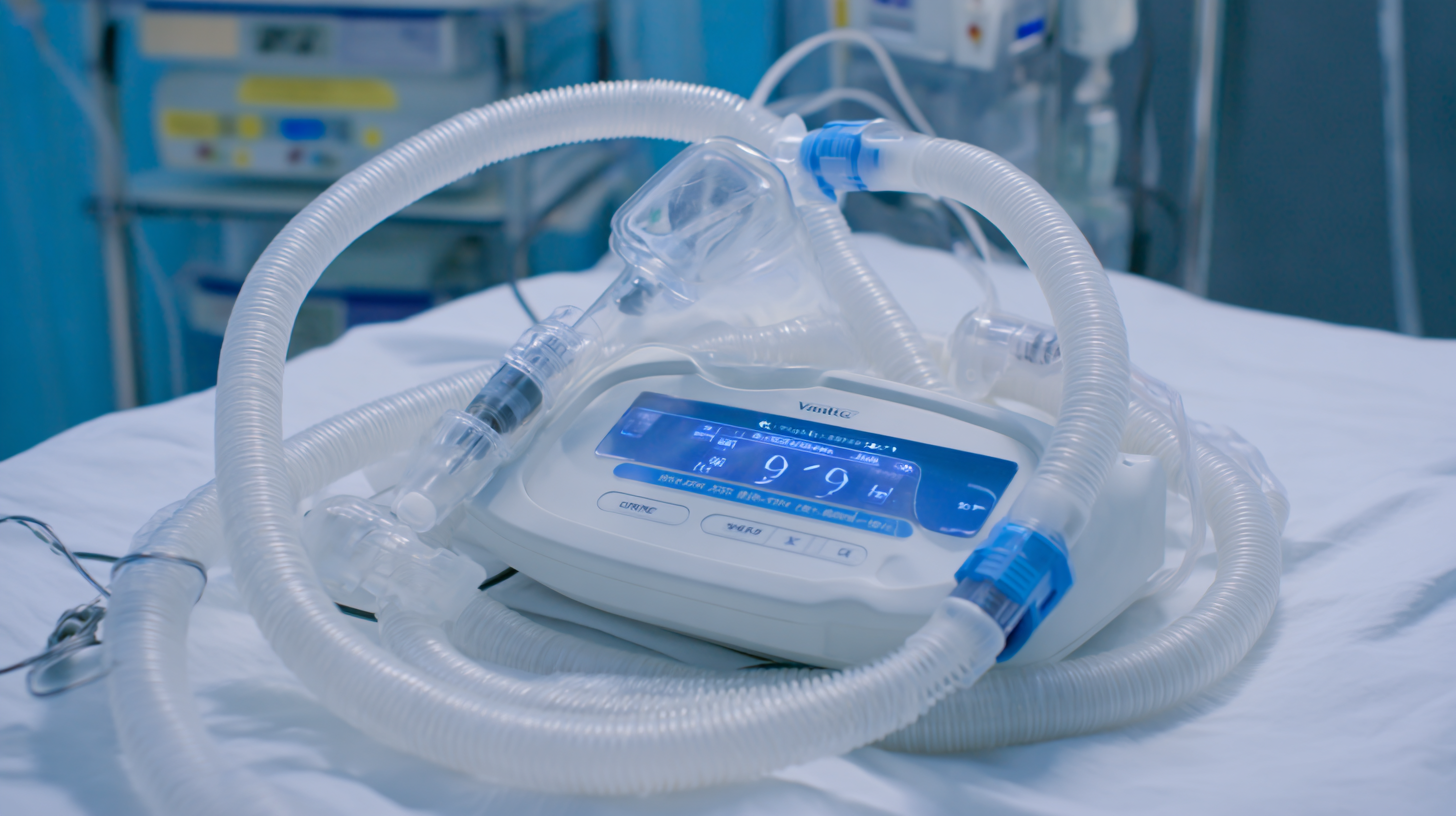
Portability is another essential feature to consider, especially in settings that demand quick response times, such as battlefield medicine. A recent analysis highlighted that airway management techniques in combat scenarios need equipment that is not only efficient but also lightweight and easy to transport. In fact, the report indicated that the risk of airway compromise is the second leading cause of preventable death in combat situations, underscoring the importance of having reliable suction devices on hand. Choosing a Yankauer suction device that meets these criteria can significantly impact patient outcomes during surgery and emergency care.
When selecting a Yankauer suction device for medical applications, evaluating the material options is crucial, as it directly influences performance. Common materials include plastic, silicone, and metal, each offering distinct benefits and drawbacks. For instance, plastic devices are lightweight and cost-effective, making them a popular choice in various settings. However, silicone options often provide enhanced flexibility and patient comfort, while metal devices may be preferred for durability and ease of sterilization.
Tips when choosing a Yankauer suction device include assessing the specific clinical environment where it will be used. In high-stress situations, such as military operations, the performance and portability of the device can be critical. Devices designed for such settings must not only securely manage airway suction but also be easy to handle and transport, contributing to improved outcomes in trauma care.
Additionally, consider the device's ease of use and compatibility with existing equipment. A Yankauer suction device that seamlessly integrates into the workflow can significantly enhance efficiency and effectiveness. Always keep in mind the balance between functionality and comfort, ensuring optimal care delivery for patients in need.
When selecting a Yankauer suction device, healthcare professionals must consider the critical differences between disposable and reusable options. Disposable Yankauer devices offer convenience and sterility, making them ideal for fast-paced clinical settings where time and hygiene are paramount. Their single-use nature minimizes the risk of cross-contamination, ensuring that every procedure maintains the highest level of patient safety. These devices are typically more aligned with hospitals and surgical centers where quick turnover is essential.
On the other hand, reusable Yankauer suction devices present a more sustainable option. While they require thorough cleaning and sterilization after each use, they can be cost-effective in the long run, especially for facilities with high volumes of procedures. Medical staff must be vigilant in adhering to stringent reprocessing protocols to mitigate any infection risks. The choice between disposable and reusable versions ultimately hinges on the specific needs of the facility, the volume of procedures performed, and the importance placed on sustainability versus immediacy in clinical practice.
| Feature | Disposable Yankauer | Reusable Yankauer |
|---|---|---|
| Material | Plastic | Metal/Polymer |
| Cost | Low | Higher Initial Cost |
| Sterilization | Single-use, no sterilization | Requires sterilization |
| Environmental Impact | Higher waste due to disposability | More eco-friendly with reuse |
| Availability | Widely available | Limited suppliers |
| Patient Safety | No risk of cross-contamination | Risk if not properly sterilized |
| Usage | Ideal for short procedures | Suitable for long-term use |
When selecting the right Yankauer suction device for medical applications, understanding industry standards and guidelines is crucial. These devices are essential in surgical settings, emergency medicine, and various healthcare environments where maintaining a clear airway is paramount. Regulatory bodies, such as the FDA, have established guidelines that dictate the materials and designs of Yankauer devices, ensuring they meet safety and efficacy standards. Key considerations include the device's suction capacity, ergonomic design, and compliance with infection control protocols to prevent cross-contamination.
Additionally, healthcare professionals should consider the specific needs of their medical practice when choosing a Yankauer suction device. For instance, the length and diameter of the suction tip may vary depending on the type of procedure being performed and the anatomy of the patient. The guidelines recommend pre-procedure assessments that account for these factors to optimize the device's effectiveness.
Moreover, organizations often provide training on the optimal use of Yankauer suction devices, highlighting best practices that maximize their functionality while minimizing risks associated with suctioning. By adhering to industry standards and carefully evaluating their medical needs, healthcare providers can select the most appropriate Yankauer suction device for enhanced patient care.

